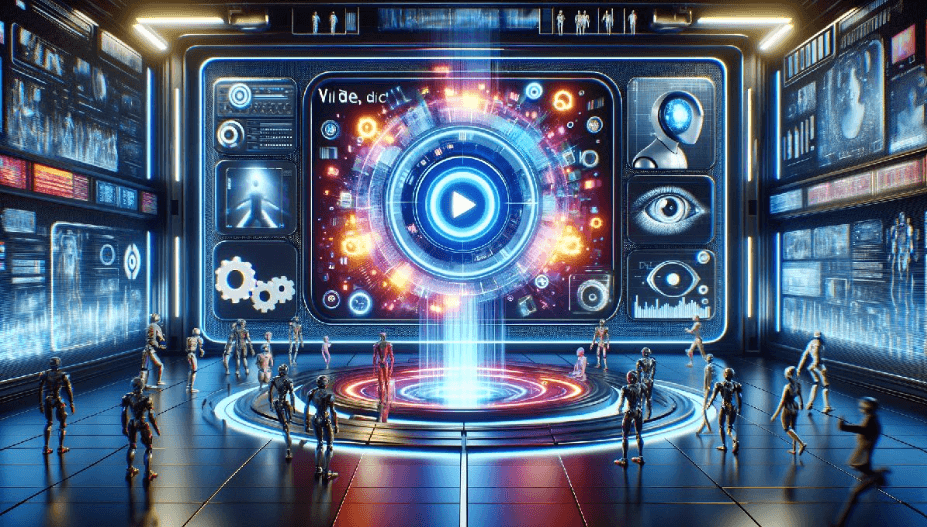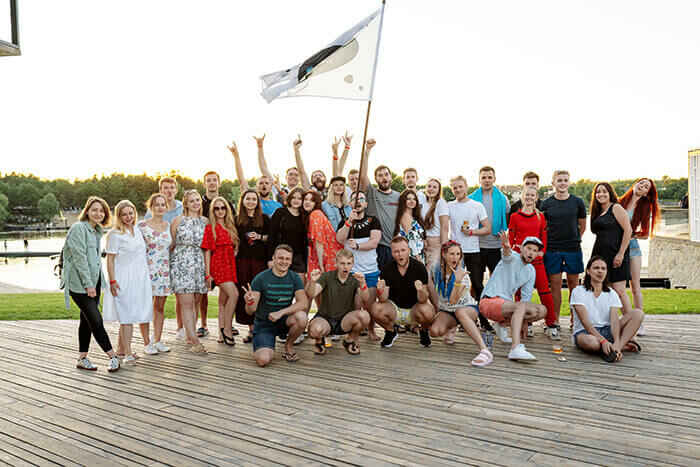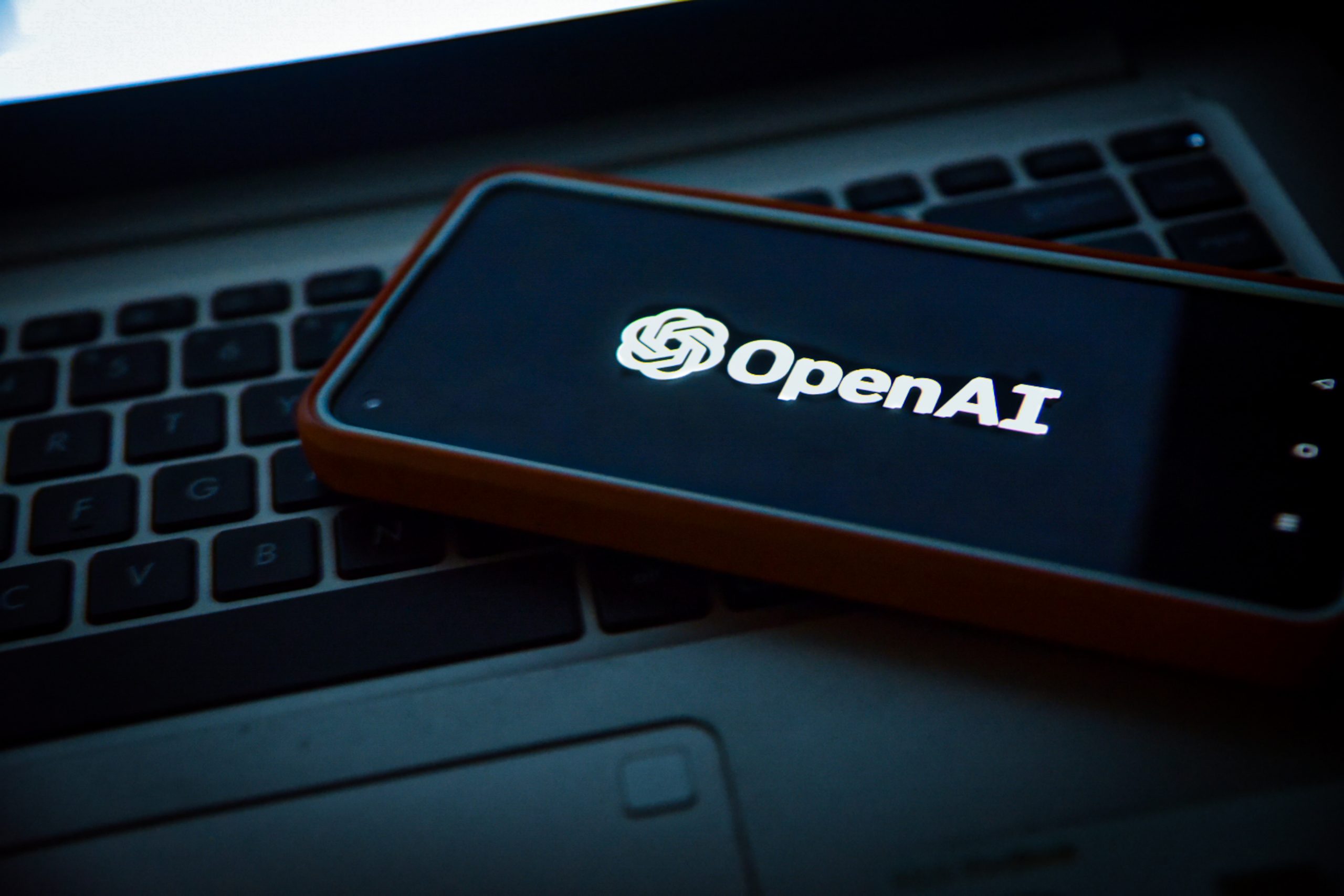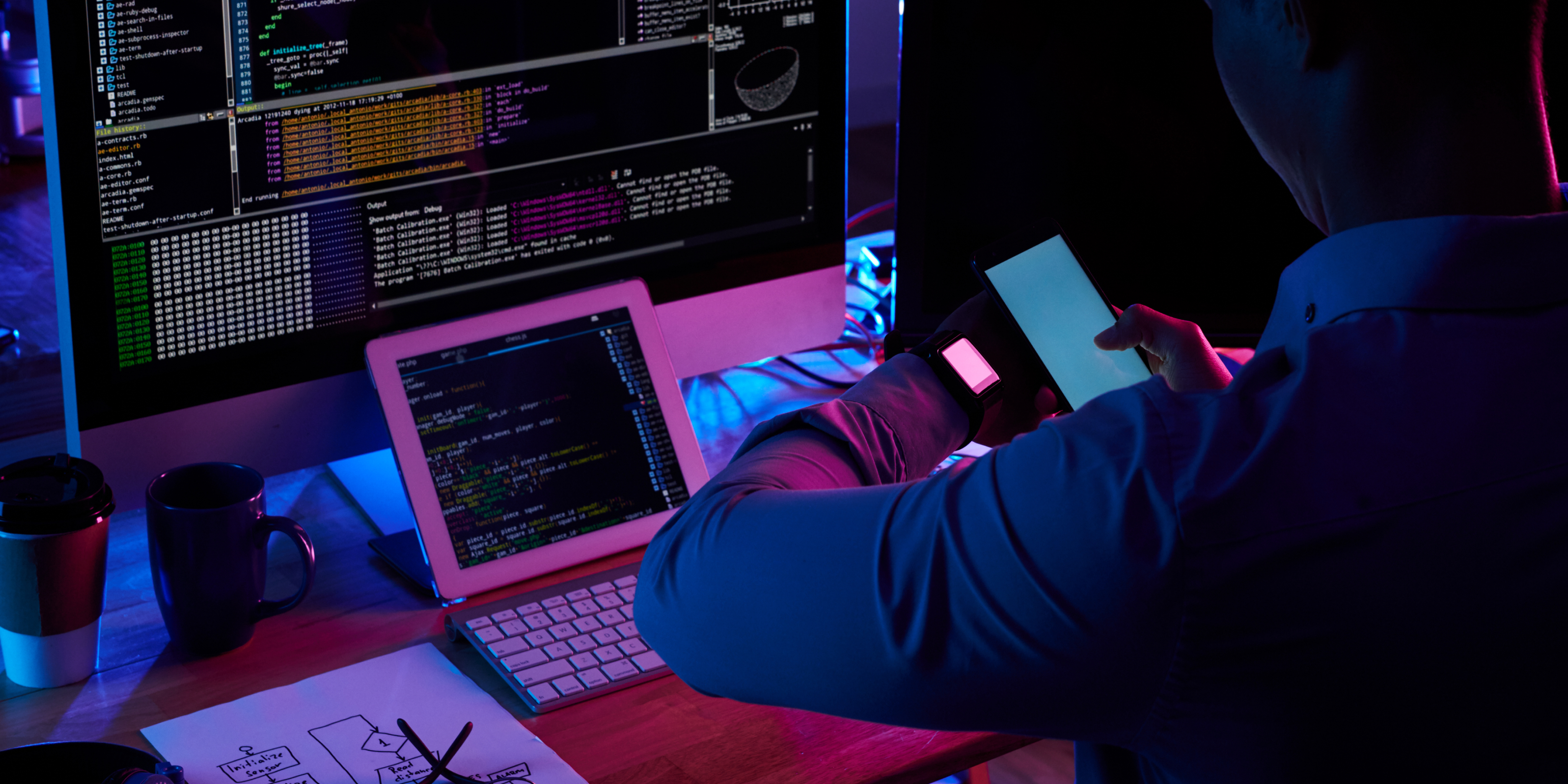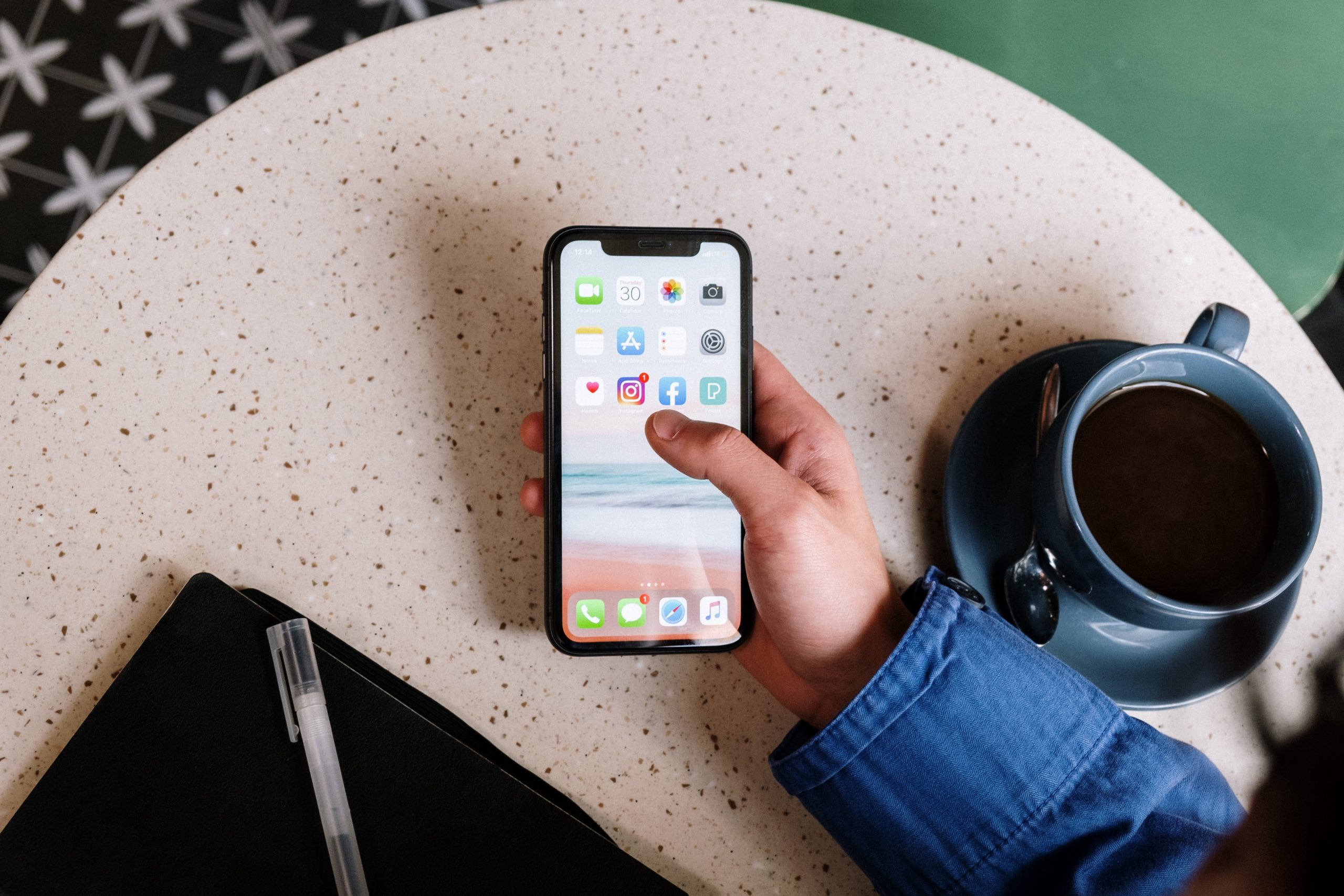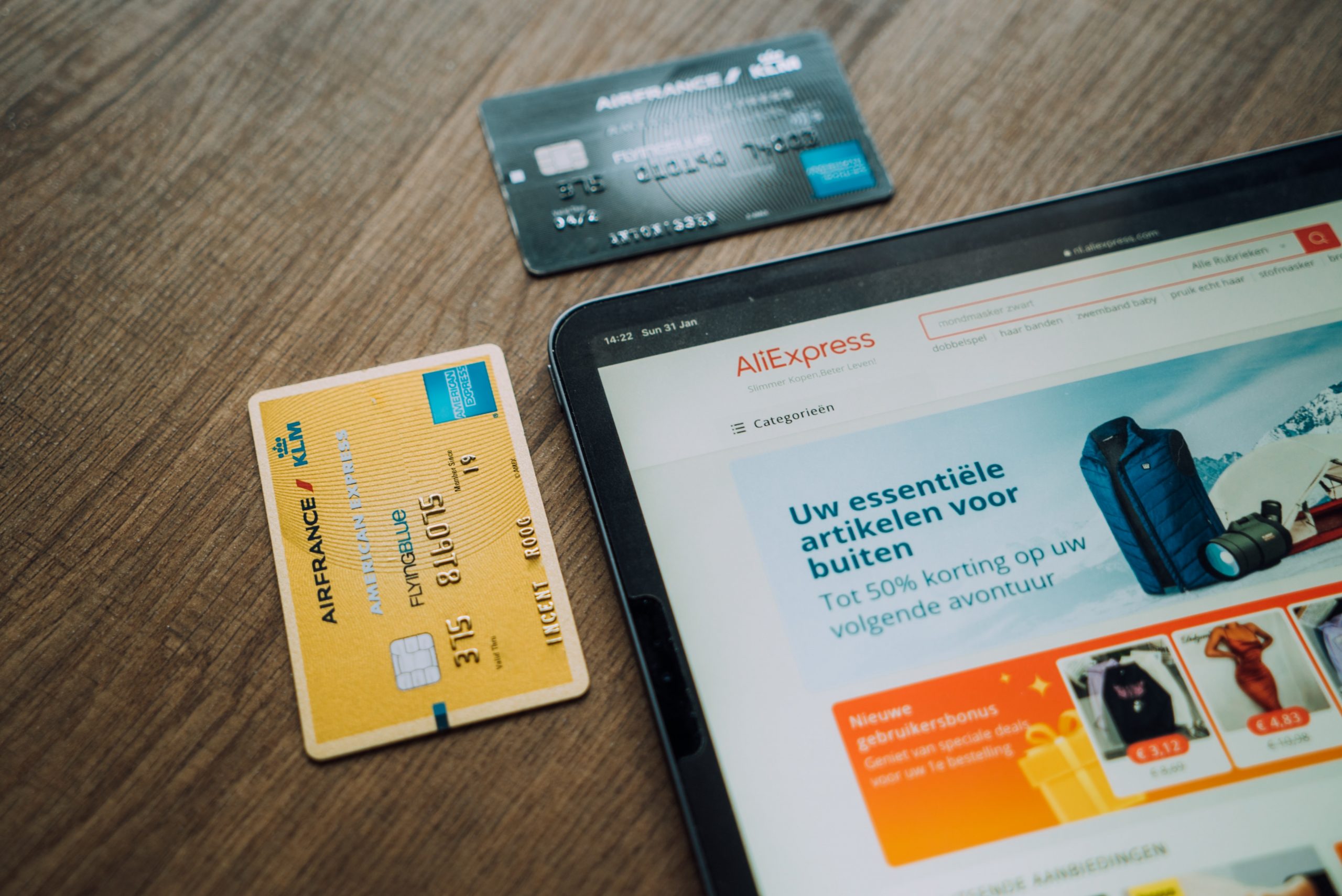Statistics show that companies using AI for video creation are already saving up to 80% of their resources and time. What’s more, this technology is expected to become so widespread in marketing that by 2030, 30% of outbound communications will be generated by AI.
For entrepreneurs looking to develop a unique solution, AI video generators could be an excellent choice. There’s been a growing demand for video content in recent years, and it also offers great recurring revenue potential. Grand View Research indicates that AI technology for the video industry is currently valued at $472.9 million and is expected to grow by 19.7% by 2030.
If you’ve decided to develop your own AI video generator, the question is how to go about it. At WeSoftYou, we create custom AI software tailored to your needs. We already have a similar project in our portfolio—Vignetto. Based on our experience, we’ll reveal all the nuances of creating AI video generators in this article.
The Role of AI in Video Creation
The key role of AI in video creation is to automate and streamline the content creation process. Traditional video production methods can be time-consuming and expensive, requiring a team of professionals and various resources. However, with AI video generation, businesses can create videos without the need for manual intervention.
AI algorithms can generate videos in real-time, reducing the time and effort required to create visually appealing content. This allows businesses to create personalized videos for their target audience, enhancing engagement and brand awareness.
How Does Text-to-Video Conversion Work?
Text-to-video conversion is the core functionality of AI video generation. The process involves converting text inputs into visually compelling videos. Here’s how it works:
- The AI algorithm analyzes the input text to understand the underlying concepts and sentiments.
- Based on the analysis, the algorithm selects appropriate visuals, such as images, videos, or animations, to represent the text.
- The algorithm then combines the selected visuals with audio elements, such as background music or speech synthesis, to create a complete video.
- The generated video is rendered and exported, ready to be shared with the intended audience.
Now, let’s take a closer look at the benefits of AI text-to-video generators.
The Benefits of AI Video Generation
AI video generation offers numerous benefits to businesses and content creators. Here are some key advantages:
- Efficiency: With AI video generation, businesses can create videos at scale, saving time and resources. The automated process eliminates the need for manual editing and production, allowing content creators to focus on other important tasks.
- Personalization: AI algorithms can analyze audience data and preferences to create personalized videos. By tailoring the content to individual viewers, businesses can enhance engagement and build stronger connections with their target audience.
- Cost-Effectiveness: Traditional video production can be expensive, requiring equipment, professionals, and studio rentals. AI video generation significantly reduces these costs, making video creation more accessible to businesses of all sizes.
- Scalability: AI algorithms can generate videos in real-time, allowing businesses to create content quickly and efficiently. This scalability is especially valuable for businesses with high content demands or tight deadlines.
- Creativity: AI video generation opens up new possibilities for creative expression. The algorithms can experiment with different visual styles, effects, and storytelling techniques, resulting in unique and captivating videos.
By harnessing the power of AI video generation, businesses can unlock a world of possibilities in content creation and storytelling. Whether it’s for marketing, education, or entertainment purposes, AI video generation is revolutionizing the way videos are produced and consumed.
The Technology Behind Synthesia
Synthesia is a leading player in the field of AI video generation. Their innovative technology leverages deep learning and natural language processing to create stunning videos from text inputs. Let’s explore the technology behind Synthesia and understand how it powers AI video generation.
Synthesia’s groundbreaking AI video generation technology is a result of a meticulous fusion of advanced algorithms and cutting-edge neural networks. By delving into the intricate world of deep learning and natural language processing, apps like Synthesia have unlocked the potential to revolutionize the way videos are created and consumed.
How Synthesia Uses Deep Learning
Deep learning plays a crucial role in Synthesia’s AI video generation technology. Deep learning models, such as convolutional neural networks (CNNs) and recurrent neural networks (RNNs), are utilized to analyze the input text and extract important features.
Through the intricate layers of deep learning, Synthesia’s algorithms dive deep into the essence of the text, unraveling its complexities and nuances. This profound understanding allows the technology to craft videos that not only reflect the textual content but also encapsulate the underlying emotions and messages embedded within.
This allows Synthesia’s algorithms to understand the nuances of the text and generate video content that is both contextually relevant and visually engaging.
Natural Language Processing in Synthesia
Natural Language Processing (NLP) is another key component of Synthesia’s technology. NLP enables the algorithms to interpret and understand the text inputs with human-like comprehension.
Delving into the realm of Natural Language Processing, Synthesia’s technology possesses the remarkable ability to decipher the intricacies of human language. By harnessing the power of NLP, the AI video generation technology can not only comprehend the literal meaning of the text but also grasp the underlying sentiments, cultural references, and subtle nuances that shape the narrative.
With the help of NLP, Synthesia’s AI video generation technology can extract semantic information from the text, determine the tone and style, and generate appropriate visuals and narrative structures in the resulting video.
Steps to Create Your Own AI Video Generator
Now that you have a good understanding of AI video generation and the technology behind it, let’s explore the steps to create your own AI video generator, which can influence the overall development cost for such a solution.
Gathering and Preparing Your Data
You’ll need a diverse collection of texts and corresponding video assets. From scripts and captions to images and animations, the quality and variety of your data will directly impact the performance of your AI video generator.
For data gathering, you can use various sources, such as news articles, social media posts, and movie scripts. This will help your AI video clip generator handle different styles and genres.
Once you have your data, you’ll need to preprocess and clean it. This involves removing noise, standardizing formats, and ensuring consistency across different data sources. Data preparation is crucial for training your AI model effectively.
Training Your AI Model
This step involves feeding your preprocessed data to the model and allowing it to learn the patterns and relationships between the text inputs and the corresponding video outputs.
Imagine the AI model as a student eagerly absorbing knowledge from a teacher. As the model is exposed to more and more examples of text and video pairs, it starts to understand the nuances and connections between them. Through this process, the model becomes proficient in generating video content based on textual input.
During the training process, the AI model will adjust its internal parameters to minimize the difference between the predicted video outputs and the actual video outputs. This iterative process continues until the model achieves satisfactory performance.
Implementing Text-to-Video Conversion
Once you have a trained AI model, it’s time to implement the text-to-video conversion functionality. This involves deploying your model into a production environment and integrating it with your video generation pipeline.
On this stage, you will also be engaged in creating a user-friendly interface that allows users to effortlessly transform their ideas into captivating videos.What’s more the implementation may involve
optimizing the performance and ensuring scalability to handle large volumes of text inputs. Through this step, you’ll be able to generate videos from text inputs with the power of AI.
Fine-Tuning Your AI Video Generator
Creating an AI video generator is an iterative process. Once you have a working prototype, it’s time to fine-tune and improve the performance of your AI model. Here are two important aspects to consider:
Improving Video Quality and Consistency
From our experience, ensuring high video quality and consistency is essential for a successful AI video generator. You’ll need to fine-tune your model to generate visually appealing and contextually relevant visuals that capture the essence of the input text.
By refining the visual selection and synthesis process, you can enhance the quality and consistency of your AI-generated videos, making them indistinguishable from human-created content.
Moreover, delving deeper into color theory and visual composition can significantly impact the overall aesthetics of your AI-generated videos. Understanding how different color palettes evoke emotions and how visual elements can be arranged to guide the viewer’s focus can elevate the artistic quality of your content.
Enhancing Speech Synthesis
In addition to visuals, speech synthesis plays a significant role in AI video generation. You’ll want to focus on improving the quality and naturalness of the synthesized speech to enhance the overall user experience.
By fine-tuning the speech synthesis algorithms and incorporating nuances of intonation and rhythm, you can create immersive and engaging videos that captivate your audience.
Furthermore, exploring the realm of voice modulation and accent simulation can add a layer of authenticity to your AI-generated videos. Mimicking different accents or adjusting the pitch and tone of the synthesized speech can tailor the viewing experience to specific audiences or genres, enhancing the overall impact of your content.
Potential Challenges and Solutions in AI Video Generation
While AI video generation holds tremendous potential, it’s important to be aware of the challenges that may arise during the process. Here are two common challenges and their potential solutions:
Dealing with Mispronunciations and Inaccuracies
One challenge in AI video generation is handling mispronunciations and inaccuracies in speech synthesis. Pronouncing unfamiliar names or domain-specific terms accurately can be a difficult task for AI models.
The solution is to incorporate pronunciation guides or phonetic spellings in the text inputs to help the AI model generate more accurate speech. Additionally, augmenting the training data with recordings of human pronunciations can further improve the accuracy of speech synthesis.
You can also consider the context in which the speech is generated can also play a crucial role in reducing mispronunciations. Understanding the subject matter and the intended audience can help the AI model adapt its pronunciation to suit the specific requirements of the video content.
Ensuring Smooth Video Transitions
Another challenge lies in ensuring smooth transitions between different visuals in the generated videos. AI models need to understand the narrative flow and maintain visual consistency throughout the video.
To address this challenge, you can experiment with different techniques, such as temporal coherence modeling and attention mechanisms, to ensure seamless transitions and maintain a coherent visual narrative.
Furthermore, incorporating visual storytelling principles into the AI video generation process can enhance the overall quality of transitions. By focusing on techniques such as establishing shots, continuity editing, and visual metaphors, the AI model can create a more engaging and cohesive visual experience for the viewers.
The Future of AI Video Generation
As AI continues to advance, so does the potential of AI video generation. Here are some emerging trends that we foresee:
- Integration of machine learning techniques with computer vision. This allows AI models to understand the content of video frames and generate more contextually relevant visuals. For example, imagine a video generator that can analyze the objects and actions within a video and automatically generate captions or subtitles that accurately describe what is happening.
- Incorporation of sentiment analysis and emotion recognition capabilities. By analyzing the emotional content of the text inputs, AI video generators can tailor the visual and audio elements to elicit specific emotional responses from the audience. In the future, AI-generated videos will be able to adapt its background music and color palette based on the sentiment of the script. If the text input is joyful and uplifting, the video generator could automatically select vibrant colors and cheerful music to enhance the overall mood. On the other hand, if the script is somber or serious, the video generator could choose more muted colors and melancholic music to create a more appropriate atmosphere.
- Real-time video generation. This emerging trend involves AI generating video content on-the-fly, without the need for pre-rendering. This will allow users to create and edit videos during a live stream or presentation, opening exciting possibilities for interactive and dynamic content creation.
- Personalization through user data. AI video generators will leverage user data and preferences to personalize the generated content. This could include tailoring the video style, music selection, or even the narrative based on the user’s viewing history or interests. This level of personalization can lead to a more engaging and immersive viewing experience.
How Your Team Developed AI Video Generator for an American Company
WeSoftYou has been at the forefront of AI since its rise in popularity. We’ve developed over five solutions tackling specific needs, from content creation to consumer behavior analysis. One such project is Vignetto, an AI video generator built for Lightmark Creative.
The Challenge
During the development, our team faced several technical hurdles, which were successfully overcame thanks to our extensive experience in AI-based solutions:
- Scaling: The client required a solution that minimized downtime during server scaling, especially when transitioning from a single EC2 instance in the ECS system. Lightmark Creative needed a smooth and efficient way to handle increased demand without impacting their clients.
- Notification System Integration: Client retention was a concern due to inconsistent notifications. They needed help finding and integrating reliable notification systems to ensure important messages reached their clients.
- AI Integration for Enhanced Video Creation: Lightmark Creative wanted to leverage AI for video text generation and short-form video search for advertising purposes. WeSoftYou needed to seamlessly connect and configure communication with existing AI systems to unlock these functionalities.
- Automated Brand Information Gathering: For future advertising content generation, Lightmark Creative desired a system that automatically searches, gathers, and compiles brand information based on customer-provided brand names and URLs. This system needed to ensure completeness and accuracy of the data for optimal results.
Our Solution
We delivered a comprehensive video creation platform in just four months. Here’s what set it apart:
- User-Friendly Features: Secure login, dedicated video storage, and a clear homepage for easy navigation.
- Advanced Video Generation: Apply brand styles, select color palettes, choose voice tone, and export finished videos.
- Seamless Editing: Add music, text, and make edits with helpful guidelines.
- Multi-Brand Management: Create videos for multiple companies within a single account.
Conclusion
If you’re thinking about creating an AI video generator, now is the ideal time to start. Recently, there’s been a surge in demand for video content among businesses, which can be both time-consuming and resource-intensive to produce. This makes AI-generated videos a long-lasting and valuable solution.
Developing a Synthesia-like software involves considering many factors, from training the AI model to addressing potential challenges. To ensure a smooth process, it’s best to work with an experienced development team.
At WeSoftYou, we’ve been delivering software development services for over 8 years, with a strong focus on AI projects in recent years. Our track record includes several successful cases, and we hire only the top 3% of AI talent to guarantee your success.
FAQs
To develop an AI video generator, you’ll need proficiency in several programming languages and tools. Python is the primary language due to its extensive libraries and frameworks for AI development, such as TensorFlow and PyTorch, which are essential for building and training deep learning models. Additionally, familiarity with libraries like OpenCV can aid in video processing tasks. Tools for natural language processing (NLP), such as NLTK or spaCy, are also crucial for understanding and converting text into actionable data. At WeSoftYou, we leverage these technologies to build sophisticated AI solutions, ensuring robust performance and cutting-edge capabilities in our projects.
To differentiate your AI video generator, focus on enhancing user experience and offering unique features. Incorporate extensive customization options, allowing users to tailor avatars, video styles, and content to their preferences. Ensure a seamless and intuitive user interface to simplify the content creation process. Emphasize high-quality, realistic video outputs that offer natural lip-syncing and accurate animations. Additionally, integrating innovative features such as advanced editing tools or cross-platform capabilities can provide added value.
AI video generators have diverse applications across various industries. In corporate settings, they can be used to create training and onboarding videos featuring virtual instructors, enhancing employee learning experiences. In marketing, businesses can generate promotional content quickly and cost-effectively, enabling more dynamic and engaging campaigns. Educational institutions can leverage these tools to develop interactive learning materials, making complex subjects more accessible. The entertainment industry can use AI-generated videos to produce engaging content, from virtual actors to personalized media experiences.
Collaborating with experts is crucial for developing a high-quality AI video generator. They bring specialized knowledge in AI technologies, model training, and software development, ensuring that the solution is both technically sound and innovative. They can navigate complex challenges, such as achieving realistic video synthesis and optimizing model performance, which can be difficult for less experienced teams. By leveraging their expertise, you benefit from best practices and advanced techniques that enhance the final product’s quality and functionality. At WeSoftYou, our experienced team of AI specialists and software developers ensures that your project not only meets but exceeds expectations, providing a competitive edge in the market.

